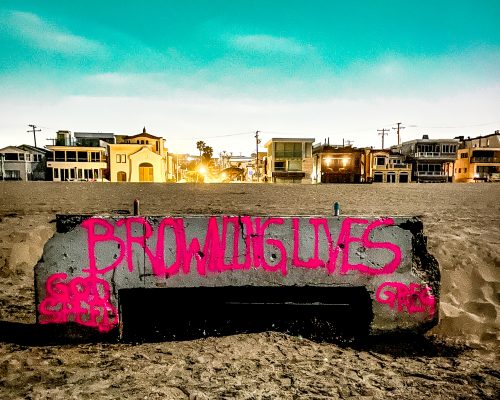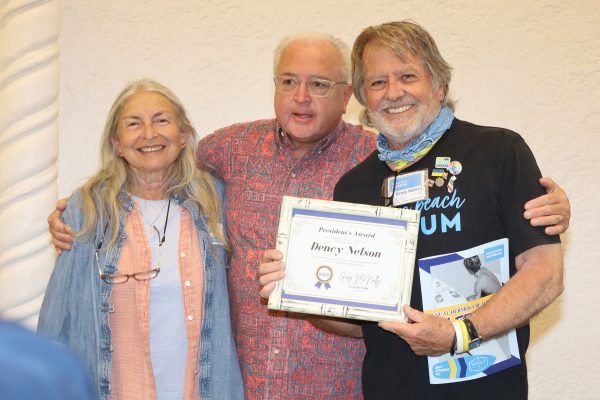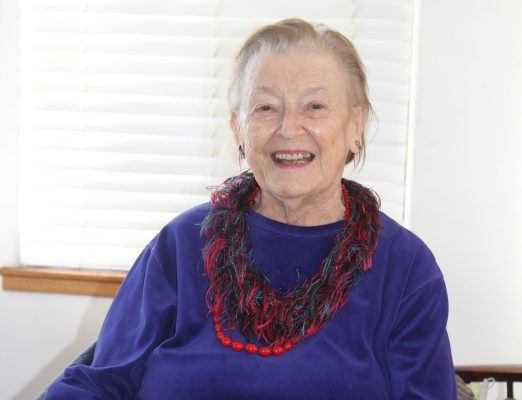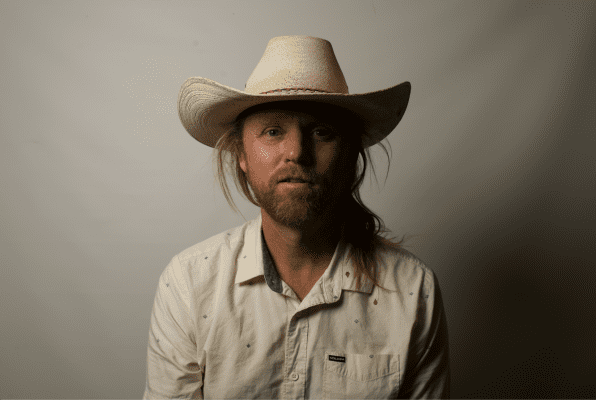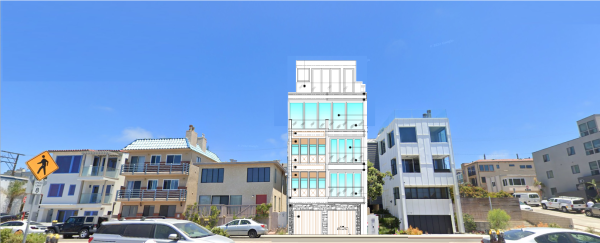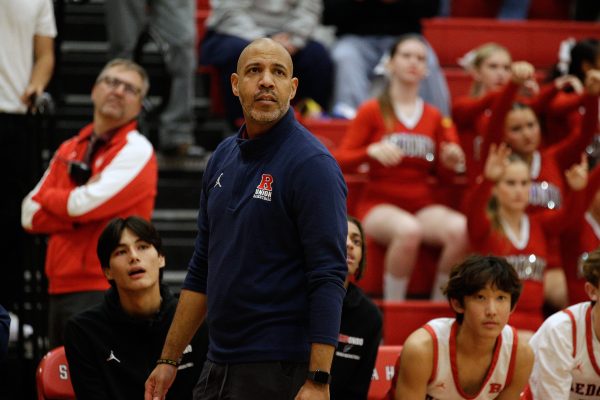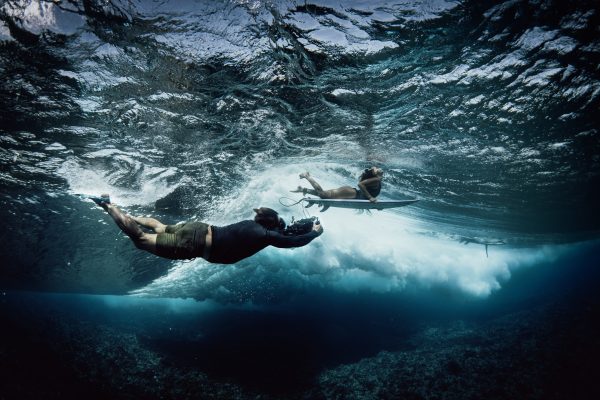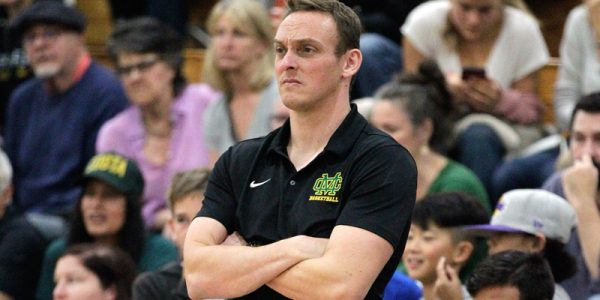by Elka Worner
Nestled among the surfboard shapers, architects and artists in Hermosa Beach’s light industrial Cypress District is an aerospace start-up with a unique and ambitious mission.
“We want to be the Über of outer space,” Argo Space Corporation co-founder Kirby Carlisle said. “We want to create an in-space transportation network.”
He and his two brothers, all SpaceX veterans, are developing a space vehicle that would transport satellites from inner orbit to outer orbit. Their reusable spacecraft will be propelled by water – which they will eventually harvest from the moon.
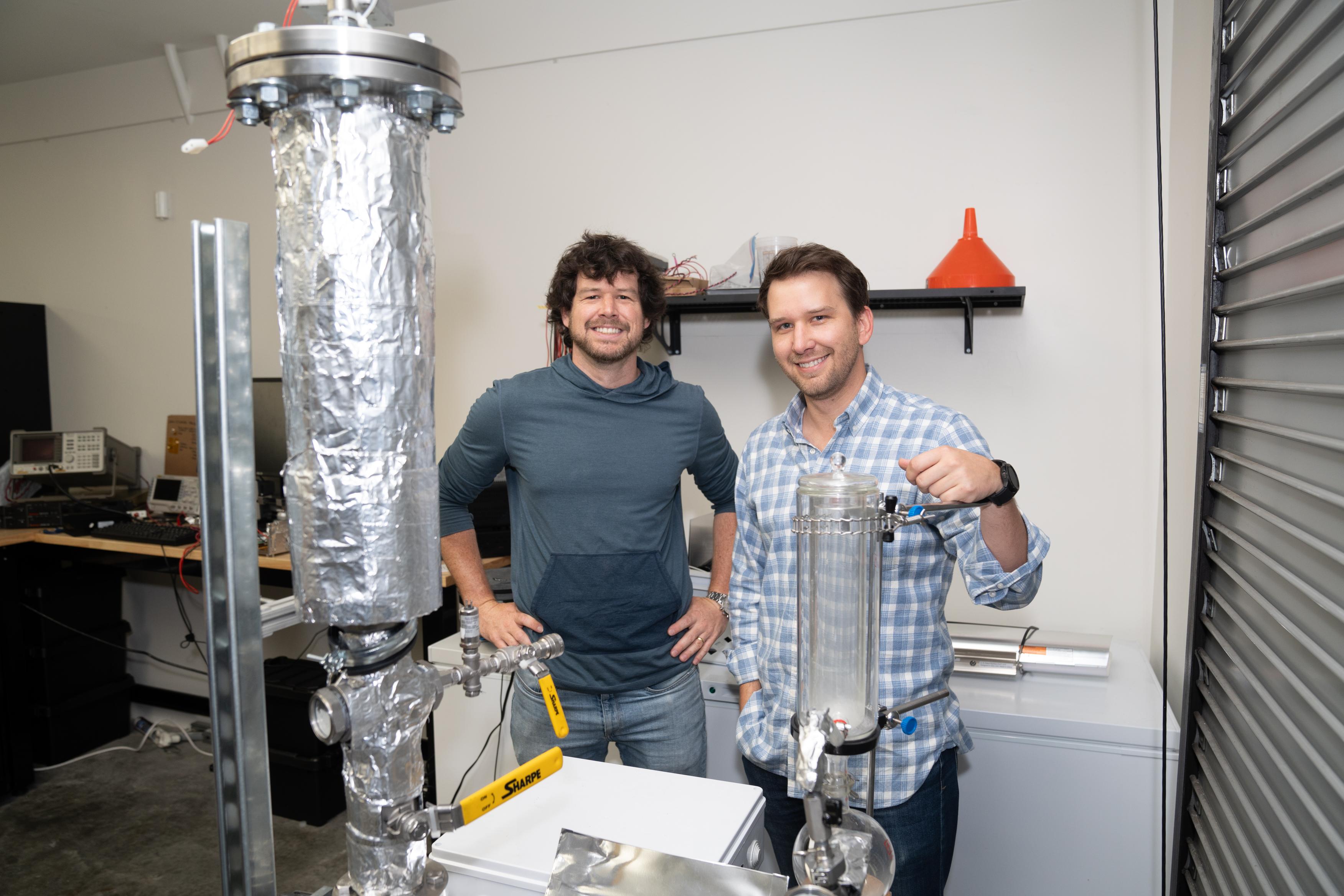
While there are thousands of satellites – everything from mapping to spying satellites — in low Earth orbit (LEO), getting them to outer orbit can be an expensive endeavor. Mid-size companies who want to send satellites to GEO (geostationary Equatorial orbit), like satellite phone companies, have limited launch options and prohibitive costs associated with those launches. SpaceX, for example, only sends their Falcon Heavy rockets to GEO twice a year.
“Those are over $100 million launches,” Kirby Carlisle said. “So, if you’re a giant defense contractor you can afford to pay that. It’s no problem. The government has lots of money. But if you’re a smaller commercial customer that has a satellite about a tenth the size of a giant government payload, you can’t afford that. Your options for getting out there are limited.”
Argo has a solution for those small and midsize satellite companies. If you can get to low Earth orbit, their Argo vehicles will be waiting there to take you to outer orbit, which is about 20,000 miles from Earth.
Their transport vehicle, named Argonaut after the seafaring hero of Greek mythology, will remain in space and be reusable.
“We’re trying to make it cheaper by having continuously orbiting space vehicles. They’ll never have to come back to Earth,” 30-year-old Kirby said.
The Argo vehicle will be able to refuel in outer space with water: launched from Earth at first, but eventually harvested from the moon, a more cost-effective propellant, he said.
Since the north and south poles of the moon have attracted water for billions of years, they’ll be able to harvest that ice for the Argonaut. At least that’s the goal. They’re still developing a method to scoop up the regolith, or moon dust, heat it and then efficiently extract the water.
Their company wants to not only tap the bustling economy beyond inner orbit but push the boundaries of space exploration.
“We look at this a lot like the California Gold Rush, where we are going to be commercializing this resource on the moon – water – and that’s going to enable a whole lot of other companies to build up their businesses.”
Their love of space can be traced to their childhood in Houston where they visited the Space Center and aerospace museums and attended space camp.
“We’ve always been space nerds,” 35-year-old Ryan Carlisle said.
Ryan’s first job out of college was as a launch engineer for SpaceX, designing mechanical components for the launch pad. He still remembers watching his first launch at Vandenberg Air Force Base, an experience he described as “the most rewarding five minutes” of his life.
“It was hugely stressful to be listening to the countdown, but we nailed it,” he said.
Robert, 37, also worked at SpaceX, as the business development director for the company’s commercial and national security customers.
Kirby helped develop reusable rockets for the space company, a concept no one thought possible at the time.
The three engineers said they learned “intelligent risk tolerance” from their boss at SpaceX, founder and CEO Elon Musk, who pushed his engineers to think outside of the box and to learn from their failures.
“He always told us to make our best educated guess on a project, build it, test it and find out what happens,” Ryan said.
Failure is sometimes unavoidable and acceptable.
“The most important thing to learn is that you have to respond quickly and intelligently to that failure and make sure it doesn’t happen again,” he said.
“If a rocket exploded, it was okay, because the engineers learned at an incredible rate and made progress quickly. No other traditional aerospace company would do that,” Ryan said. “They don’t launch if they think their rocket is going to explode.”
It’s that experimental mindset, part dream, part science, that drives the engineers at Argo Space. The company has already attracted the attention of investors. It has secured over $2 million dollars of venture capital to develop its technology and recently signed a $1.7 million contract with the U.S. Space Force.
Their staff of 11 engineers, mostly in their 20s and 30s, spend their time in the Cypress office, perfecting the transportation vehicle and developing the technology to remove water from moon dust.
The Hermosa Beach start-up has joined the pantheon of aerospace companies that shaped the South Bay economy, including giants like Raytheon, Northrop Grumman, and SpaceX.
“The aerospace community plays a critical role in our country’s leadership in scientific and technological advancement, as well as our national security,” said Congressman Ted Lieu, who chairs the California Aerospace Caucus. Lieu recently introduced a resolution in Congress to establish May 3 as National Space Day, to highlight the importance of space exploration.
It’s that aerospace community that inspired the three founders of Argo Space to look to the heavens and dream big.
“We’ve always been excited by the exploratory nature of humanity, the westward expansion, the opening of the New World,” Ryan said.
While Earth has gotten smaller thanks to the Internet, social media, instant travel and communication, space remains the final uncharted New World, he said.
“It’s the final frontier of humanity, the next great thing,” Kirby added.
“Who doesn’t want to stand on the moon and look back at Earth rising over the horizon.” ER


